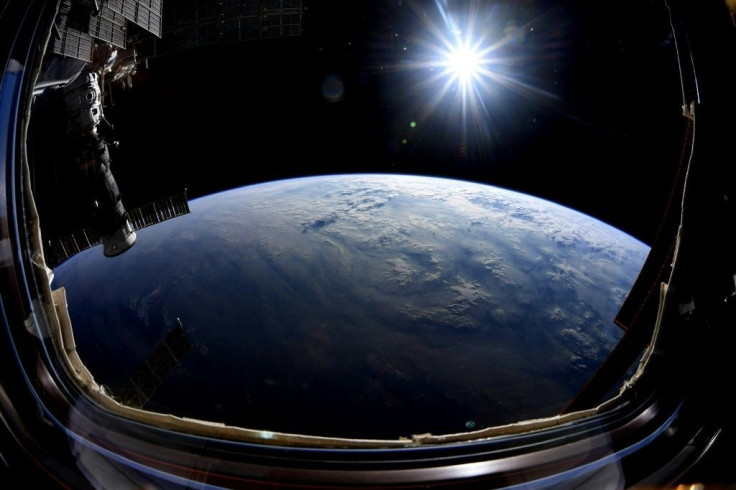SpaceX Cargo Dragon Launch: Fresh Fruits, Girl Scouts Experiments Head To International Space Station
KEY POINTS
- The SpaceX Cargo Dragon successfully launched on Sunday
- It is carrying several scientific experiments as it heads to the ISS
- It is also taking fruits and even ice cream to the space station
SpaceX has launched its 23rd resupply mission to the International Space Station (ISS), and it's bringing quite a few interesting things to the orbiting laboratory.
SpaceX's Cargo Dragon bound for the ISS was launched from NASA's Kennedy Space Center at 3:14 a.m. EDT on Sunday. The mission was carrying over 4,800 pounds of cargo, from science experiments and spacecraft hardware to crew supplies such as fresh fruits.
"We have lemons, onions, some avocado, some cherry tomatoes," said Joel Montalbano, space station program manager at Johnson Space Center in Houston, CBS News reported. "We're also flying some ice cream. That's a big hit with our crew members."
#ICYMI: The @SpaceX #CargoDragon launched to the station on Sunday at 3:14am ET from @NASAKennedy. It will deliver more than 4,800 pounds of cargo when it is captured on Monday at about 11 a.m. https://t.co/Sso6ToxSKk pic.twitter.com/sO0zmI6NIR
— International Space Station (@Space_Station) August 29, 2021
The cargo heading to the ISS includes the Faraday Research Facility, which is a multi-purpose unit that if "validated" can house up to 12 "microlab" experiments. For this mission, the facility will support research from the Houston Methodist Research Institute and Second Baptist School in Houston, as well as three projects designed by winners of the 2020 "Making Space for Girls" challenge wherein 680 Girl Scouts submitted their ideas.
One of the experiments will see how crops such as tomatoes, lemongrass and peppers grow in microgravity, while another will look at ants' tunneling behavior in space. The third one involves brine shrimps, commonly known as "sea monkeys," to see if crustaceans can be raised as a protein source in space.
"If we can cement kids at a young age into thinking they can be scientists, into thinking science is cool, we might get more engineers and scientists coming out of college. That's what we need right now," ProXopS Faraday Research Facility Mission Manager Jeff Fitch said in a news release from the ISS National Laboratory.
Apart from the fruits and Girl Scouts experiments, the cargo is also carrying other important experiments to the ISS.
For instance, the Advanced Plant EXperiment-08 will have a closer look at the role of compounds known as polyamines in the response of flowering plants to microgravity stress, while Retinal Diagnostics will test a "small, light-based device" that can take images of astronauts' retinas to document the progression of what's known as Space-Associated Neuro-Ocular Syndrome (SANS).
The SpaceX cargo Dragon is scheduled to dock at the station at 11 a.m. Monday, but the coverage of the arrival will begin at 9:30 a.m. ET on NASA Television, the NASA website and NASA app. It will remain at the ISS for about a month.

© Copyright IBTimes 2024. All rights reserved.






















